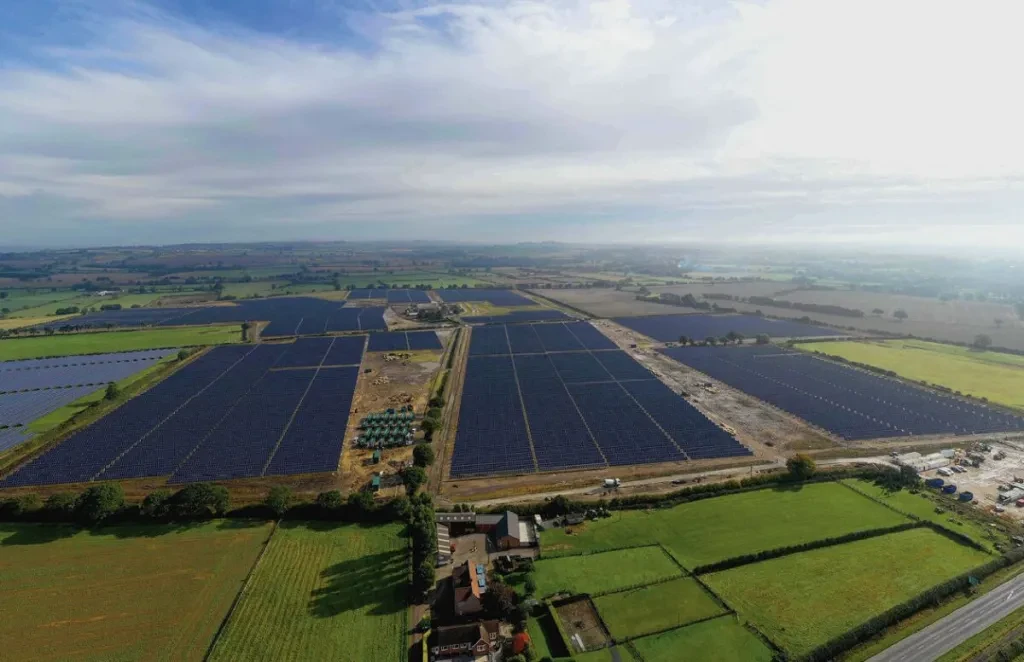UK government to increase solar capacity threshold for nationally significant infrastructure projects, handing local planners consent power for projects up to 100 MW. Projects with capacity greater than 50 MW in England are currently subject to approval from central government.

Image: Warrington Borough Council
The UK government has confirmed it will adjust planning thresholds for large-scale solar projects in England, putting more decisions into the hands of local planning authorities.
Gareth Phillips, a partner at law firm Pinsent Masons, told pv magazine the changes could mean more planning applications for solar projects up to 100 MW, which had “arguably fallen in the planning dead zone.”
Under current rules, projects in England with capacity greater than 50 MW must progress through the UK government’s Nationally Significant Infrastructure Project (NSIP) process, a more complex and expensive planning procedure than seeking permission at local level. The government had proposed raising the solar capacity threshold to 150 MW but has announced it intends to double the threshold to 100 MW following a public consultation.
How solar projects will progress through local planning authorities (LPA) in England is an open question. Phillips warned that many LPAs have found it “politically difficult” to grant planning permission for solar projects around 49 MW “due to constituents’ concerns over landscape, visual impact and loss of agricultural land.”
“They may well struggle to consent projects up to twice that size and capacity,” he said
Pinsent Masons has worked on a number of high profile NSIP solar projects in the United Kingdom, including the 600 MW Cottam Solar Project approved in September 2024. Phillips said that he does not expect to see a significant difference in the number of solar NSIPs being promoted. This is due to most solar NSIPs comfortably exceeding 100 MW capacity, transitional provisions that mean those projects in pre-application stage will need to continue under the existing NSIP regime, plus legal barriers to dividing projects in a bid to avoid thresholds.
The NSIP threshold change was included as part of the UK government’s new National Planning Policy Framework (NPPF). Other planning policy changes in the NPPF include a requirement for local planning authorities to support renewable and low carbon energy and associated infrastructure.
Trade association Solar Energy UK has welcomed the changes. In a statement, Chris Hewett, chief executive of Solar Energy UK, described the NPPF as a package of reforms “that should power up the solar market.”
“Given the pros and cons, I think the solar industry will be happy to settle for a 100 MW ceiling, less radical than the 150 MW threshold that a consultation suggested in the summer. Given that a bigger concern has been chronic under-resourcing of planning officers, we are very pleased to see the pledge to allocate £100 million [$127 million] to councils’ planning departments, which should make a real difference to decision-making times,” said Hewett.
This content is protected by copyright and may not be reused. If you want to cooperate with us and would like to reuse some of our content, please contact: editors@pv-magazine.com.
Source from pv magazine
Disclaimer: The information set forth above is provided by pv-magazine.com independently of Chovm.com. Chovm.com makes no representation and warranties as to the quality and reliability of the seller and products. Chovm.com expressly disclaims any liability for breaches pertaining to the copyright of content.




